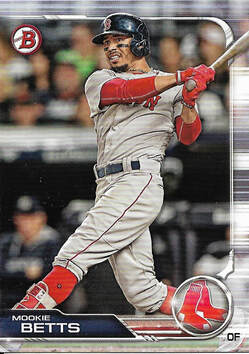
Thirty years later, Bowman has a more card-friendly size. One thing that has not changed is Bowman’s attention to rookies and prospects. This year’s set spreads the wealth, with veterans, rookies and prospects all receiving attention in the set.
There are 100 cards in the base set, although card No. 3 also has a short-print variation of Bryce Harper — the base card depicts Joey Wendle. In addition, there are 150 base paper prospect cards, designated as “BP” on the back; and 150 base chrome prospects, which have “BCP” and a number on the card back.
A blaster box has six packs, with 12 cards to a pack. The breakdown for the box I bought was 38 base cards, 17 base paper prospect cards and 12 base chrome prospects.
The design for these three subsets are vertical, which I prefer. For base cards, the player nameplate is at the bottom left-hand corner of the card, while the team logo is at the bottom right. The Bowman logo is perched in the upper left-hand corner.
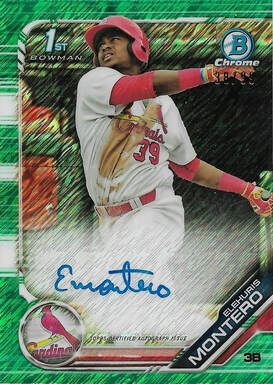
For the prospect cards, the player’s name is placed diagonally in the bottom right-hand corner of the card, with the logo at the bottom left. The Bowman logo is placed in the upper right-hand corner of the card.
The card backs are colorful, splashed with orange and black, along with gray and white shading. The team logos are placed in the upper right-hand corner.
Bowman promises on-card autographs in this set, and while signature cards in blasters are not the norm, I was fortunate to pull an Elehuris Montero card. It was a green parallel numbered to 99, which is found in retail boxes. A fortunate pull, perhaps.
There were three inserts in the blaster besides the autograph card. I pulled a Chrome 30th Anniversary card of Clayton Kershaw. The chrome really makes the 1989 design pop, in ways that were never apparent 30 years ago.
Ready for the Show puts the spotlight on prospects expected to make the leap to the majors; the card I pulled was of Braves third baseman Rustin Riley. These inserts sport a horizontal design.
The final parallel I found was a Chrome Bowman Scouts’ Top 100 card of another Braves prospect, outfielder Christian Pache.
Will any of these younger players ever be part of baseball fans’ conversations in the coming years? Only time will tell. But that’s the fun of collecting Bowman. It’s like prospecting for gold. There are a lot of pebbles in the group, but there is gold, too
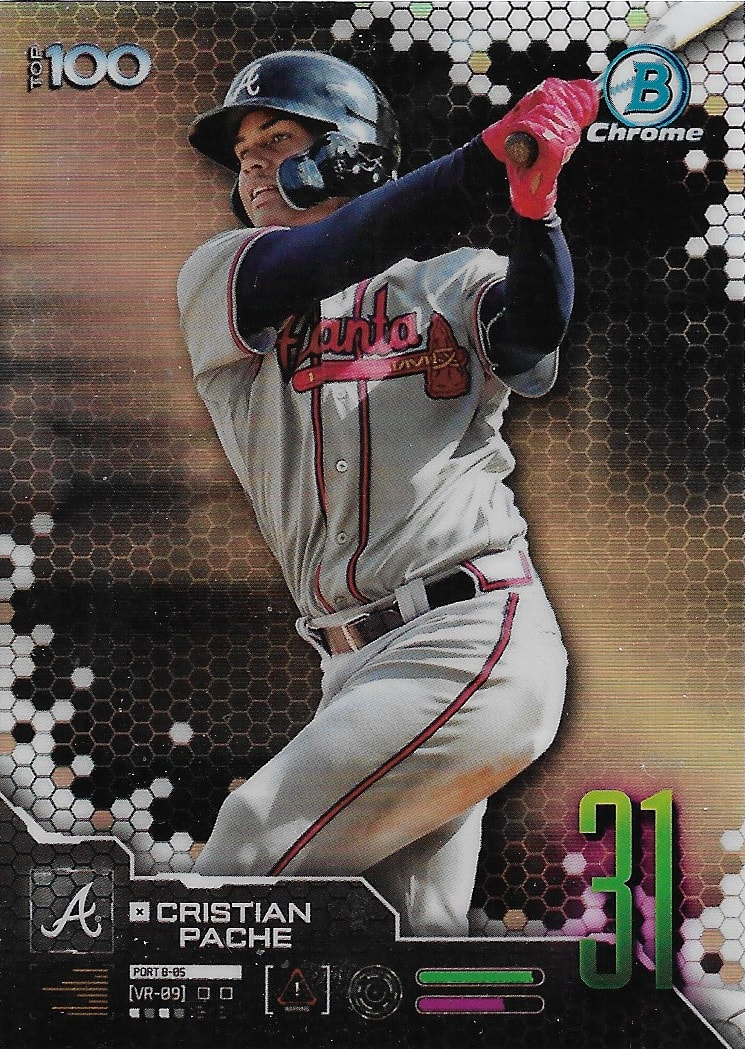
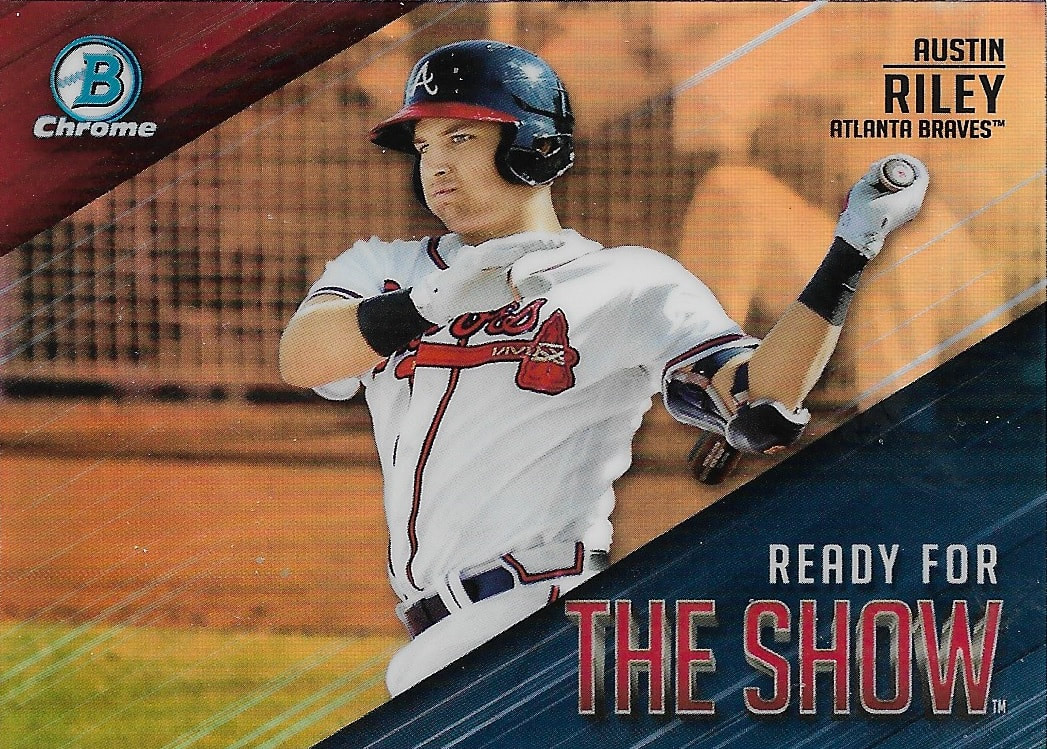
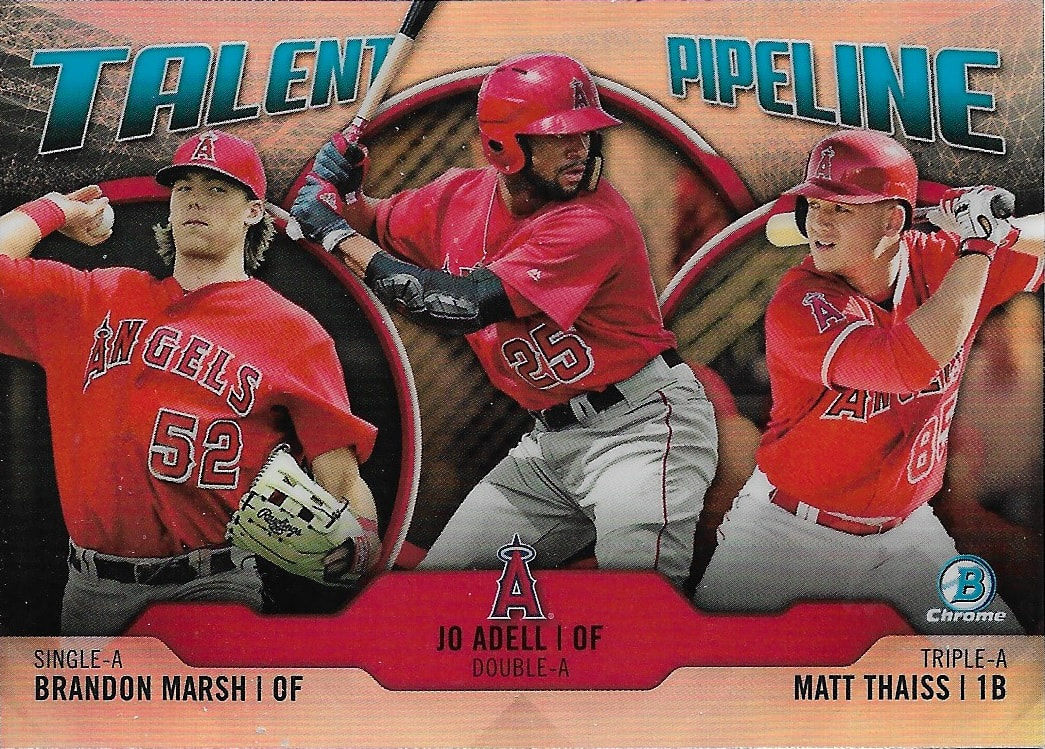
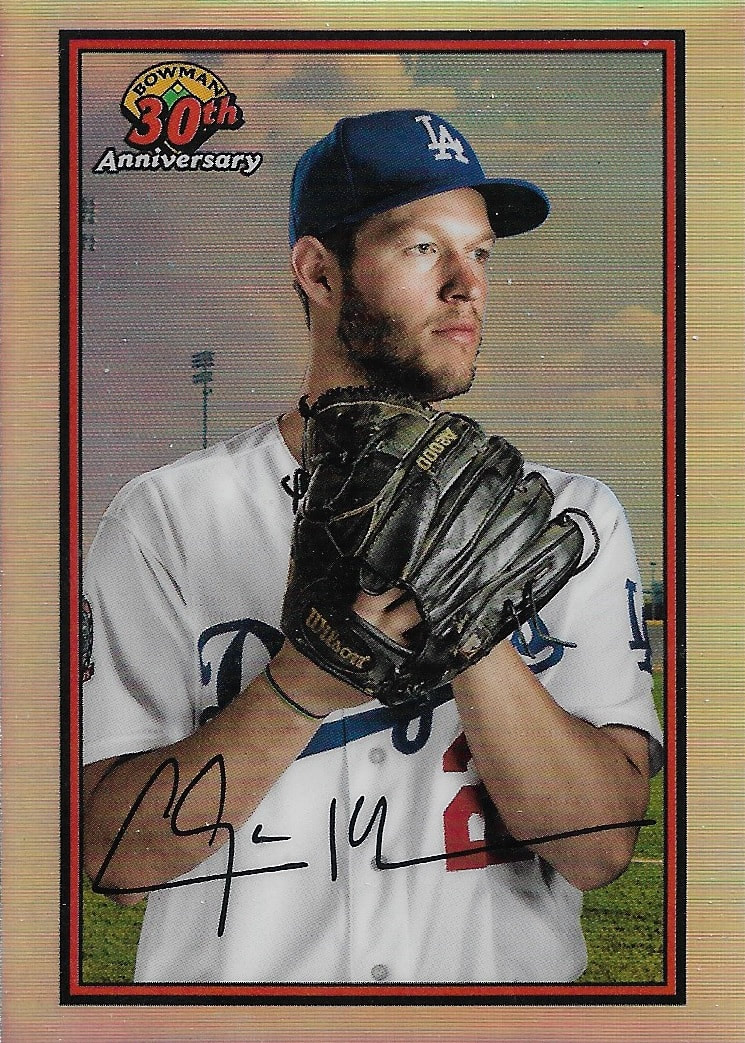
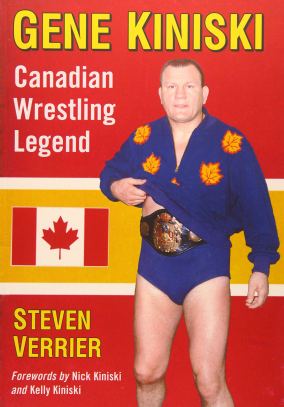
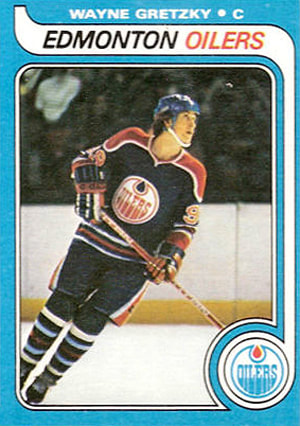
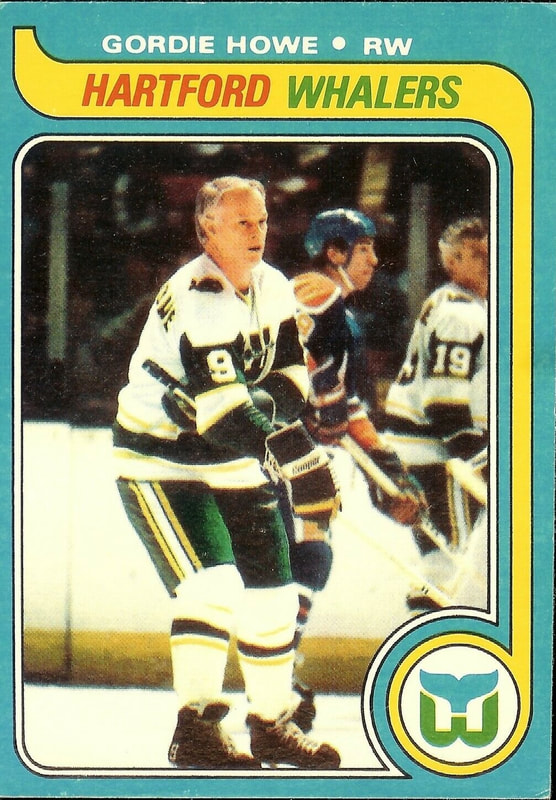
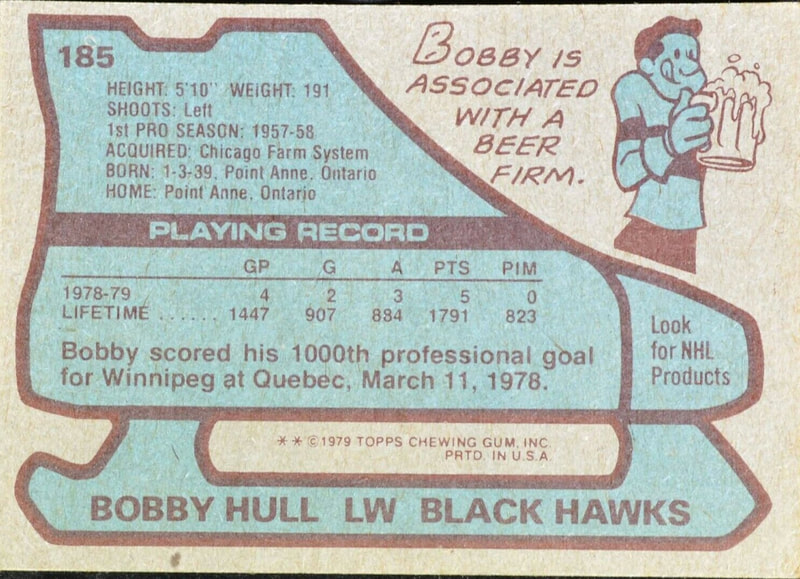
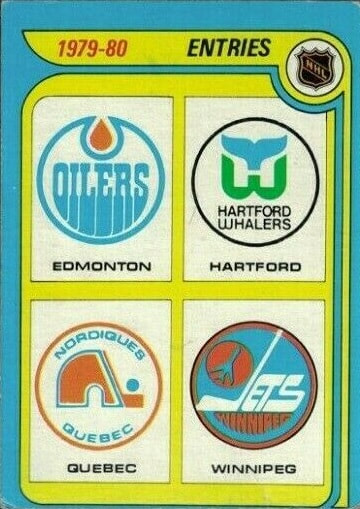
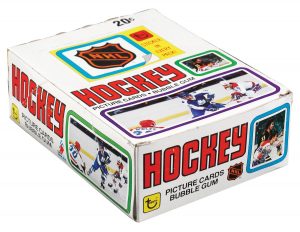
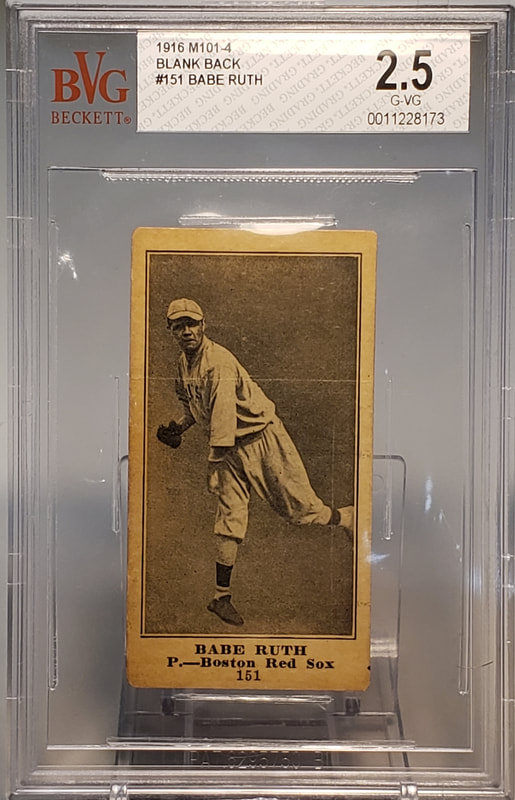
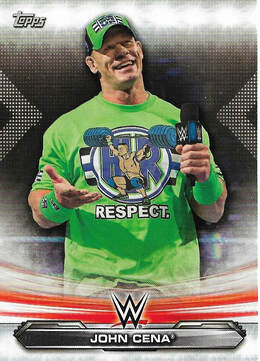
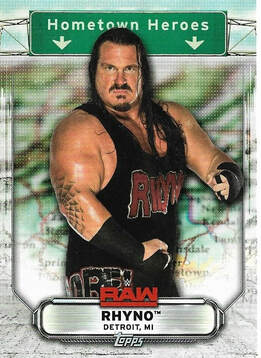
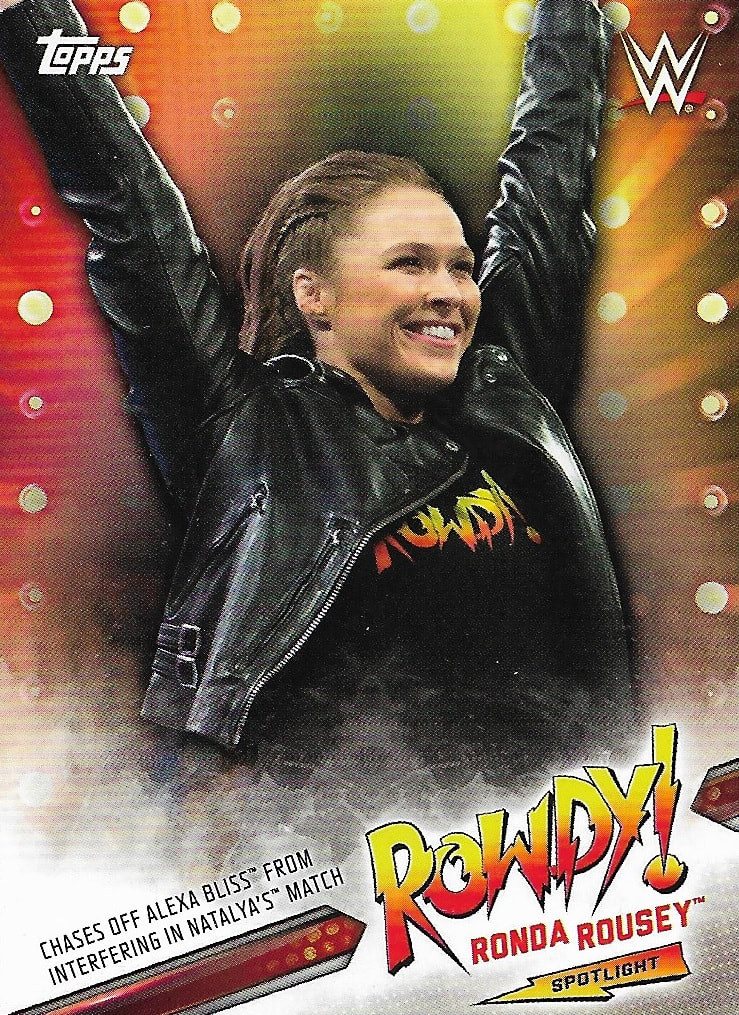
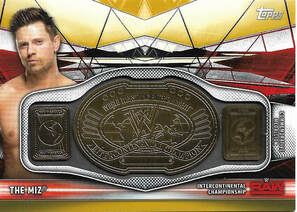
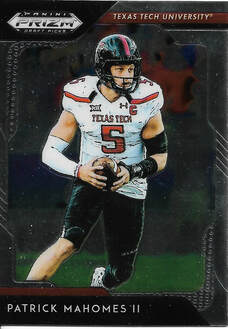
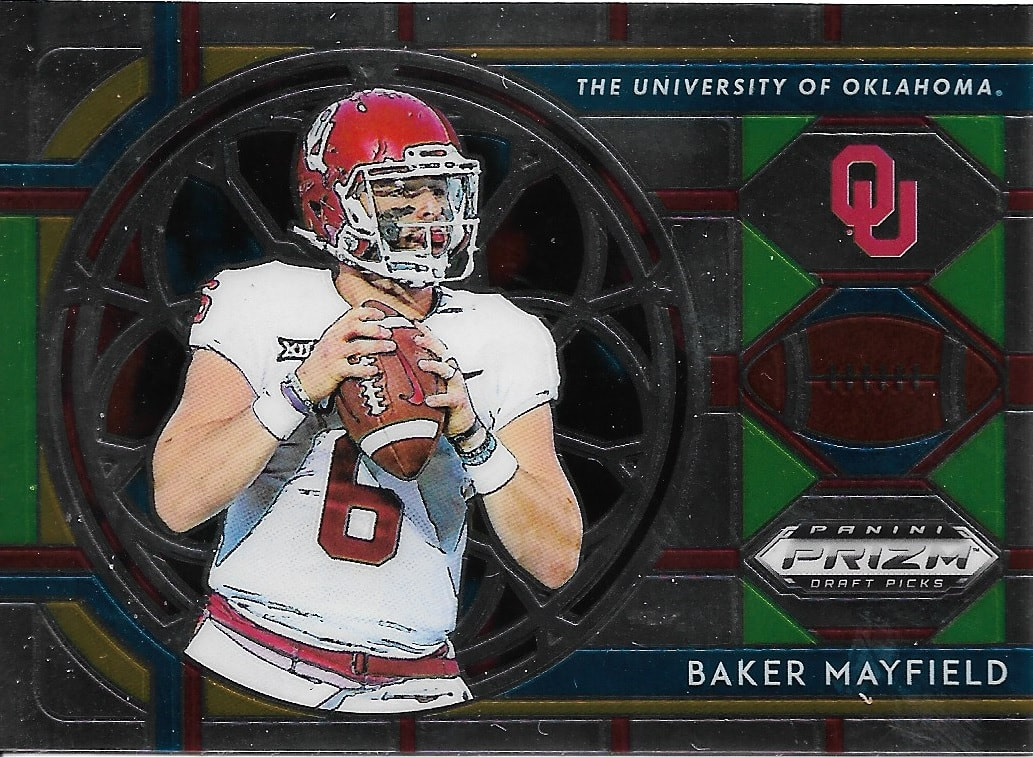
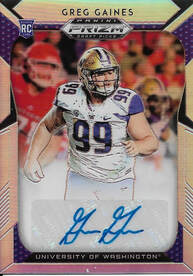
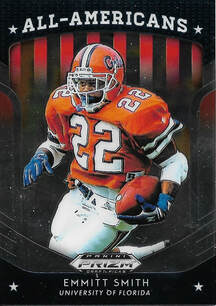
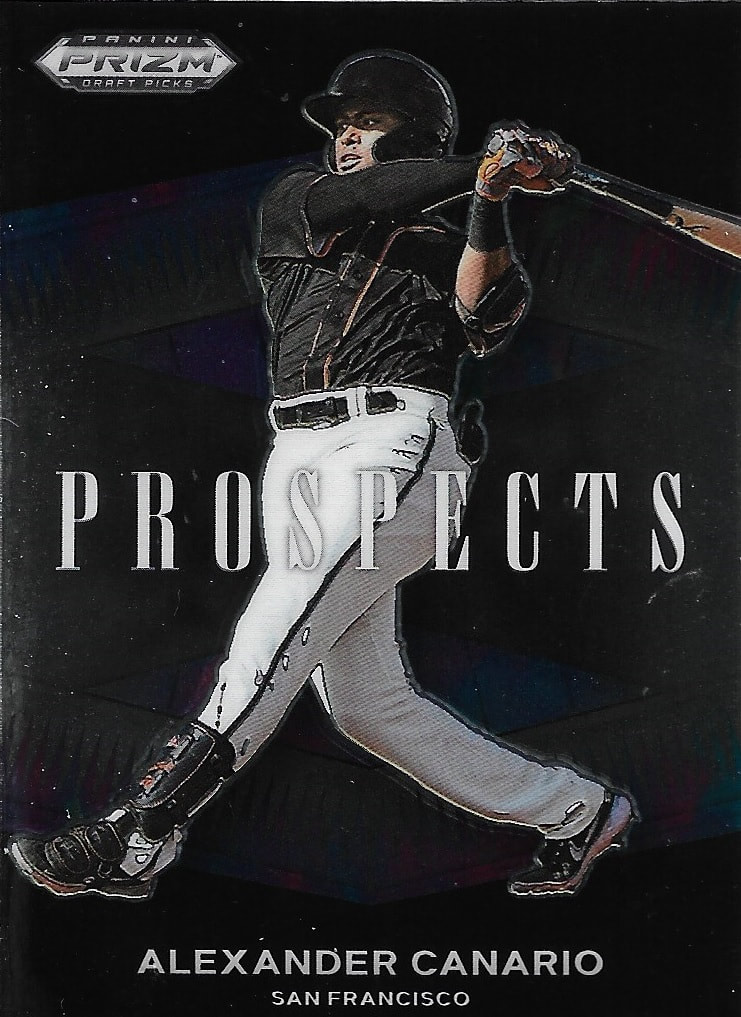
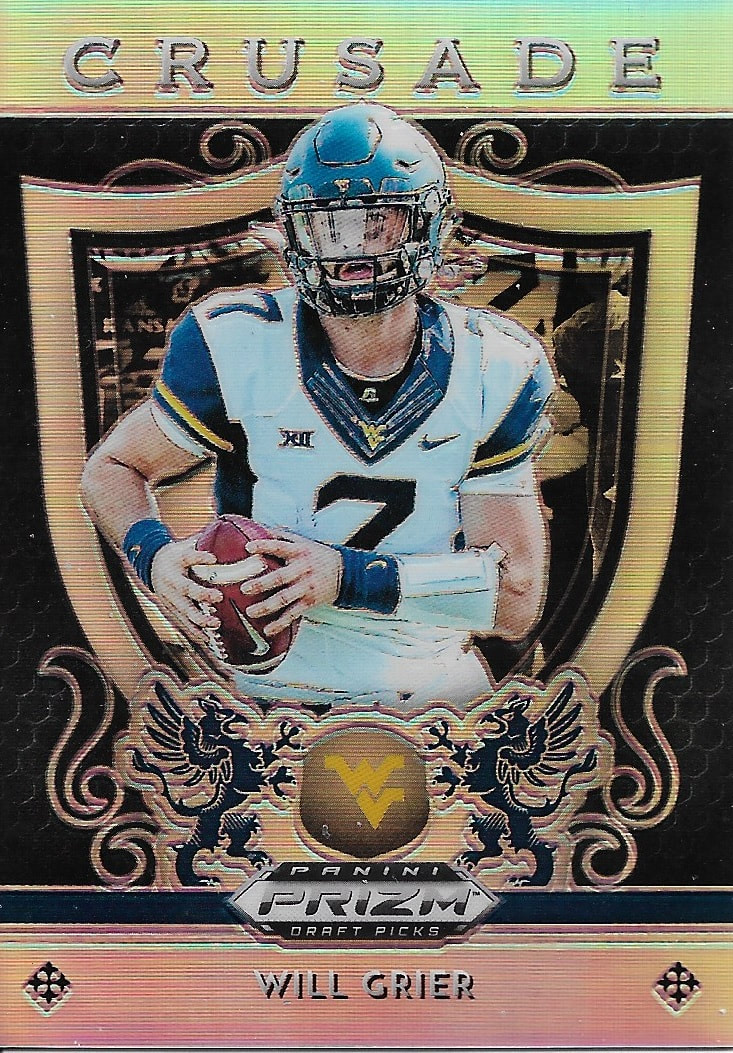
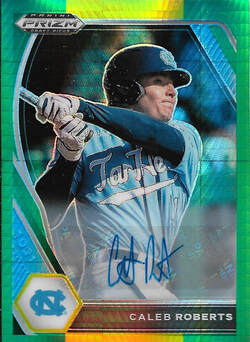
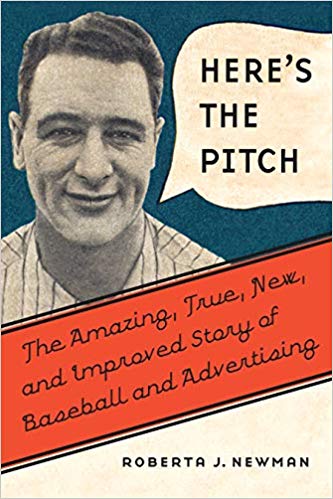
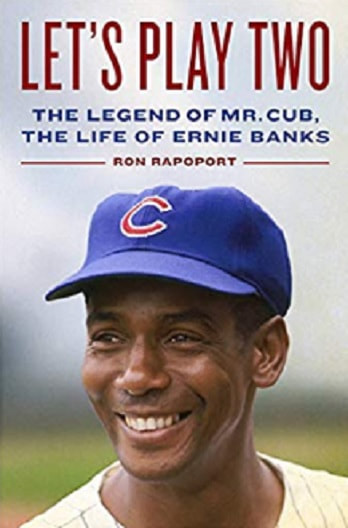
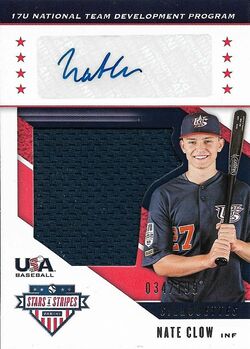
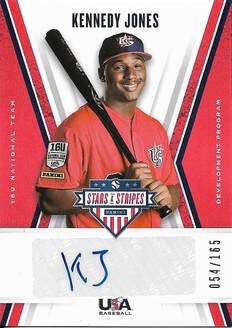
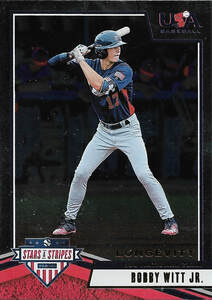
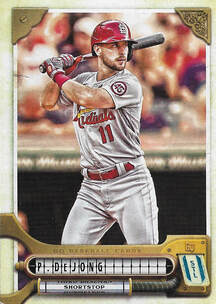
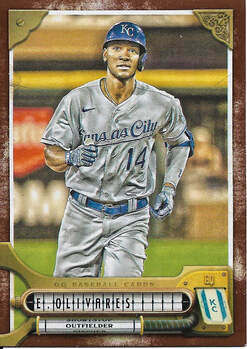
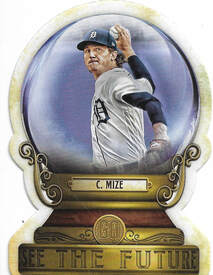
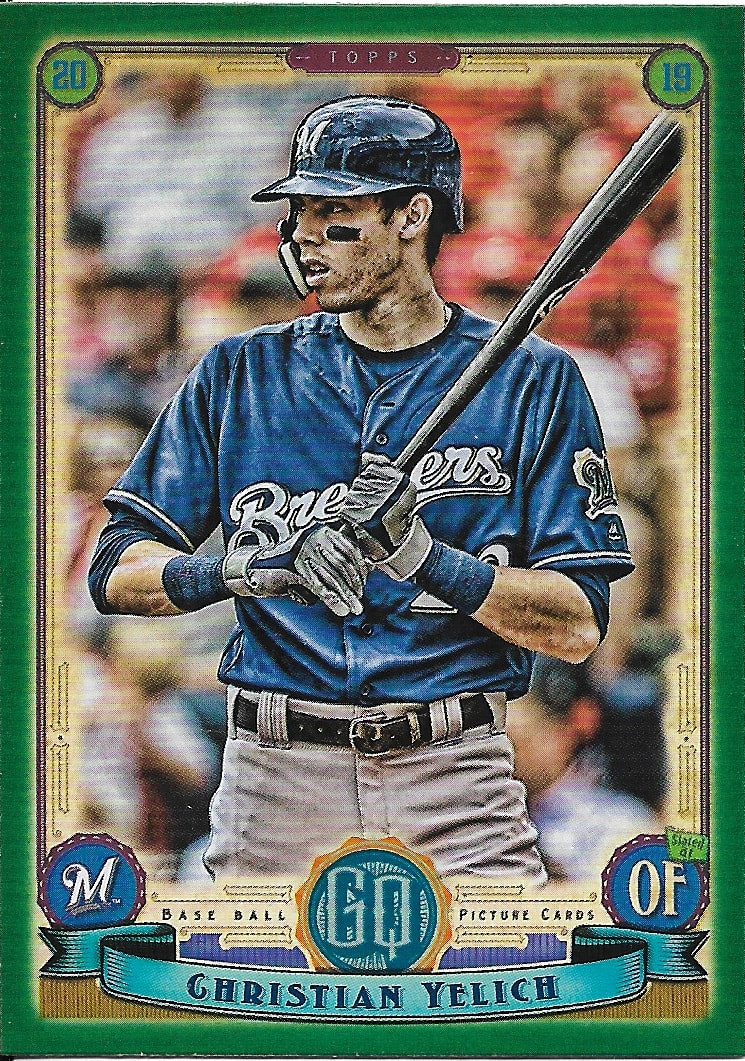
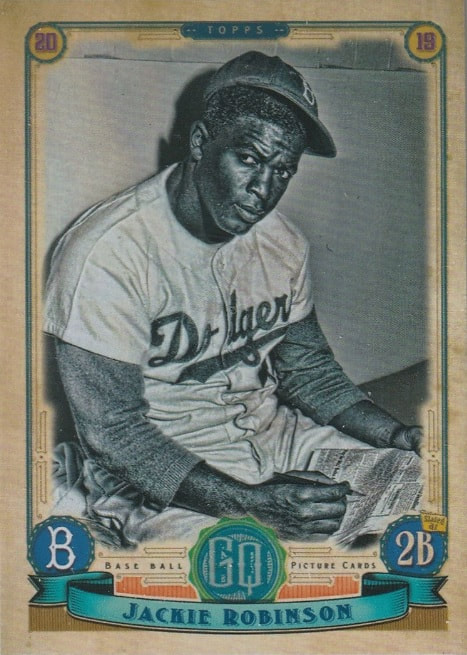
 RSS Feed
RSS Feed
